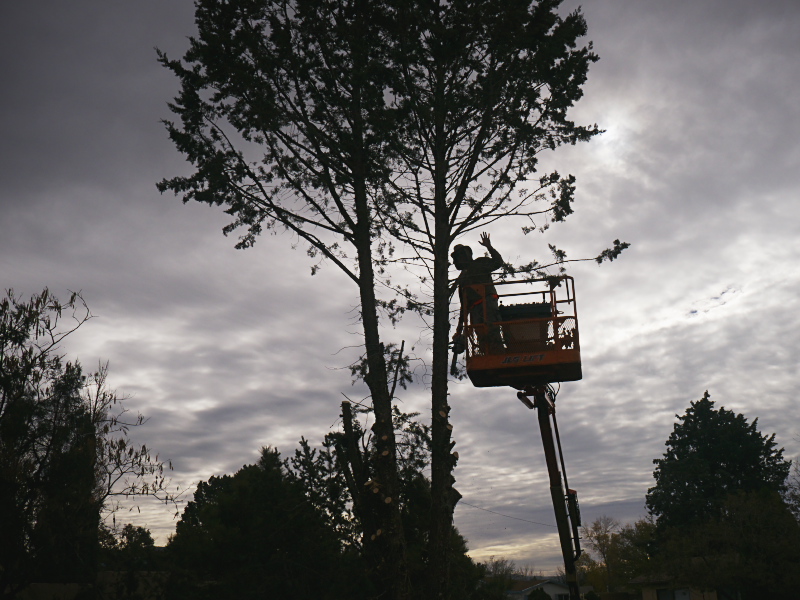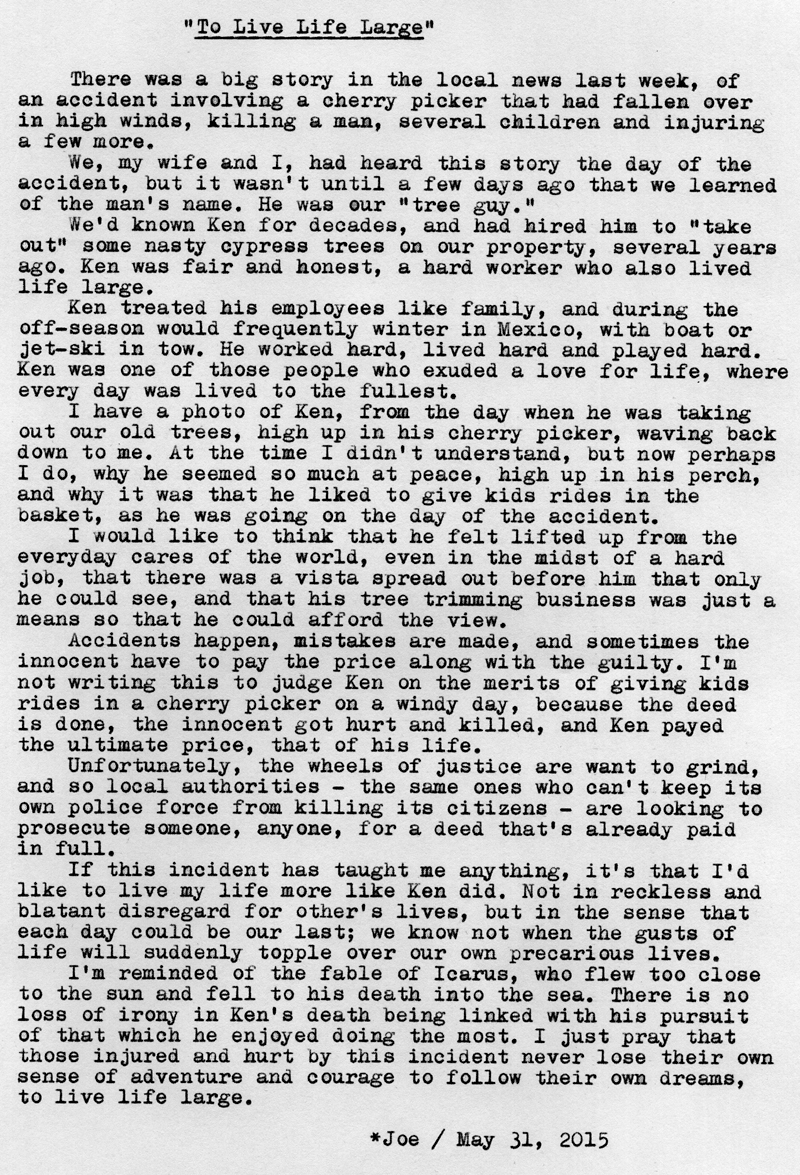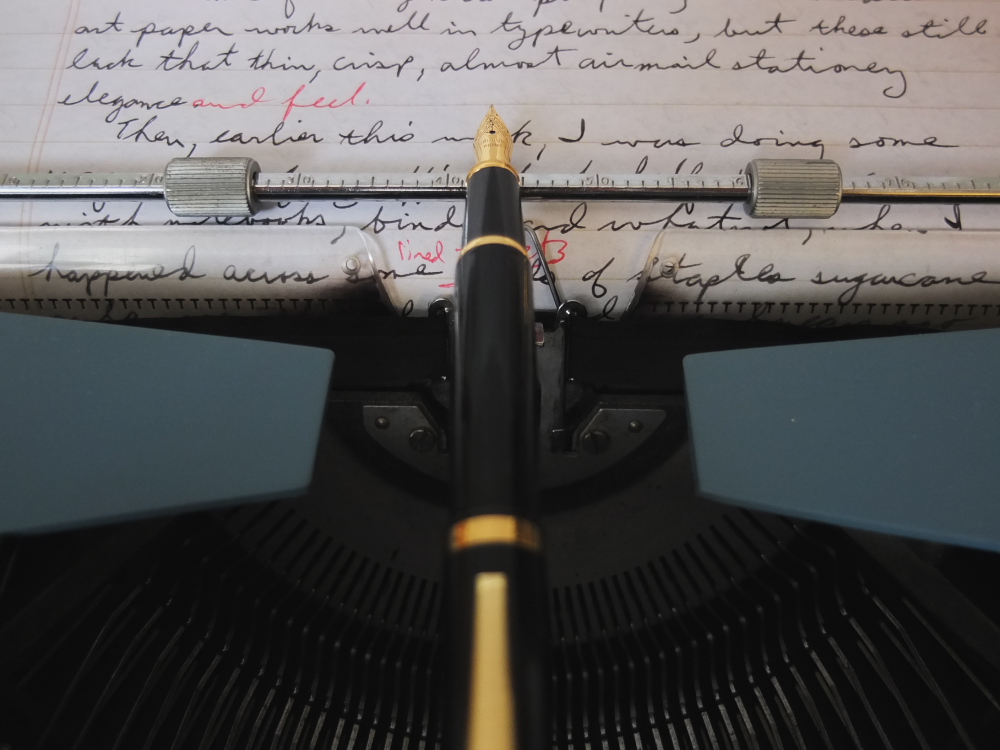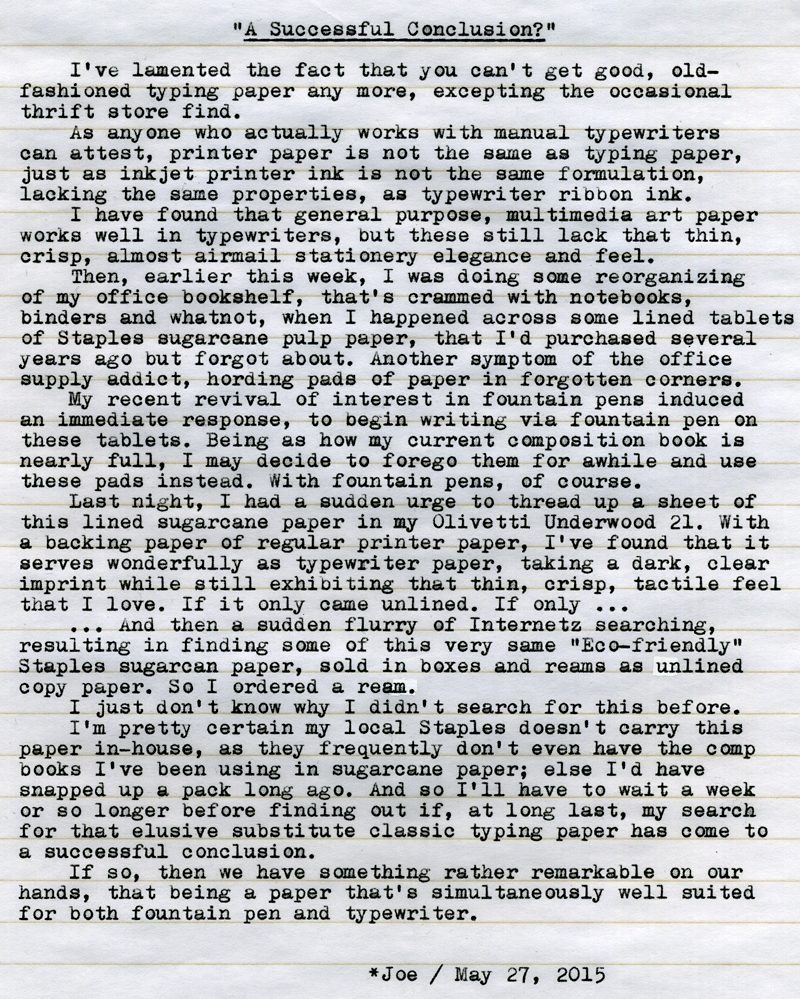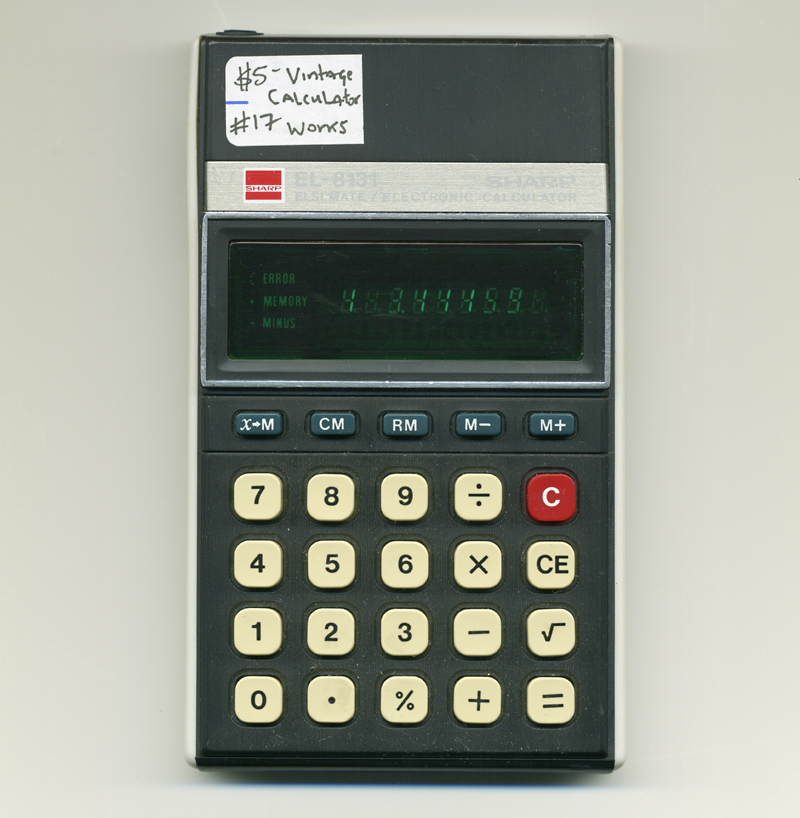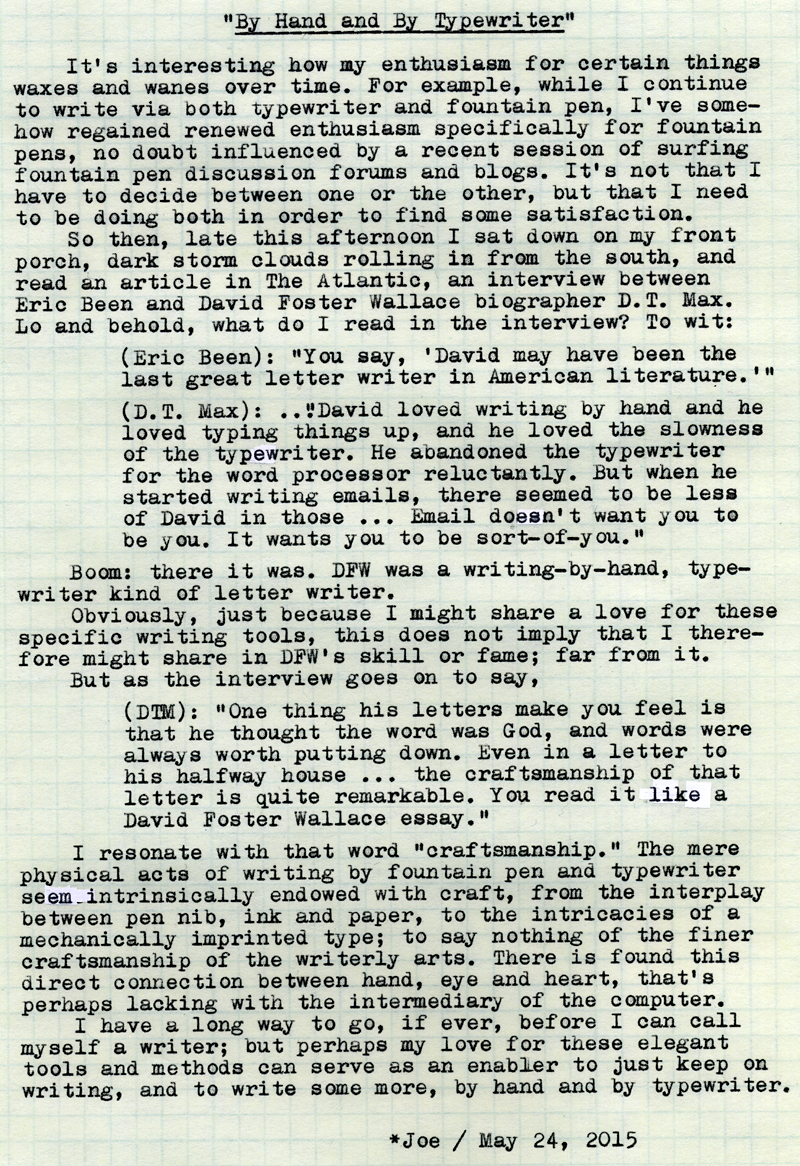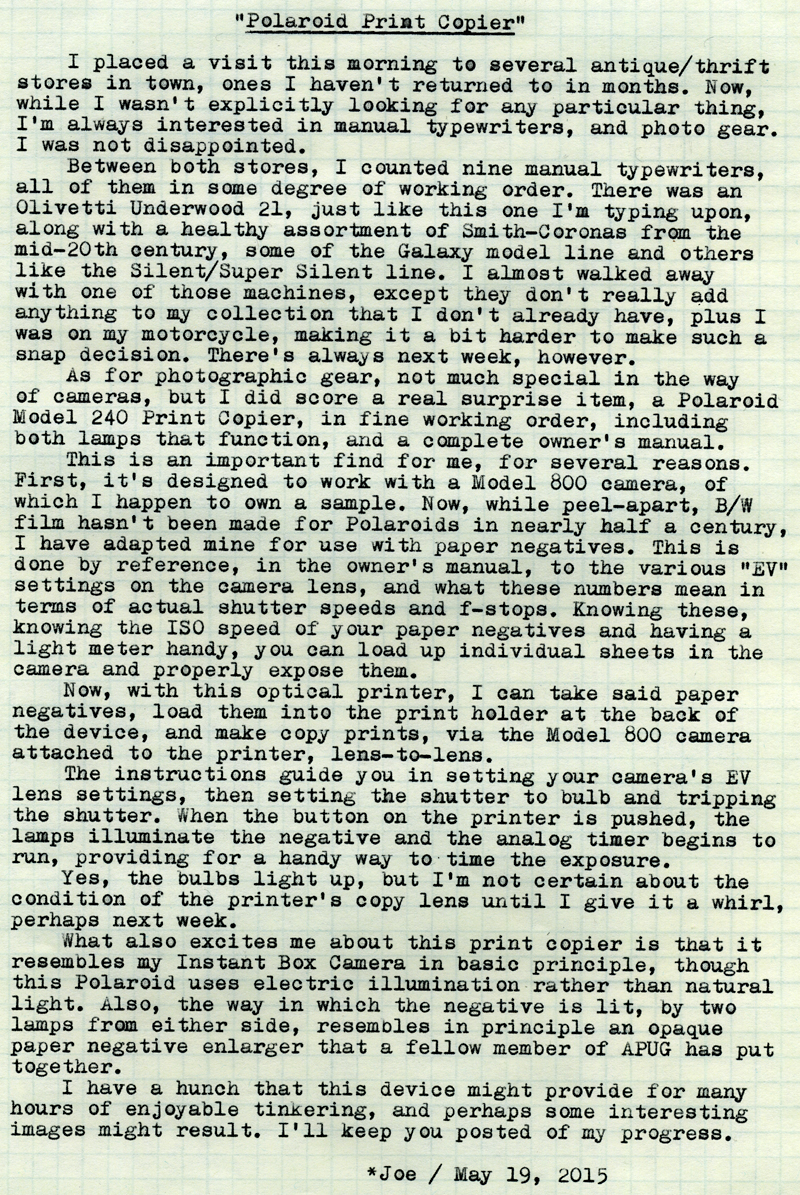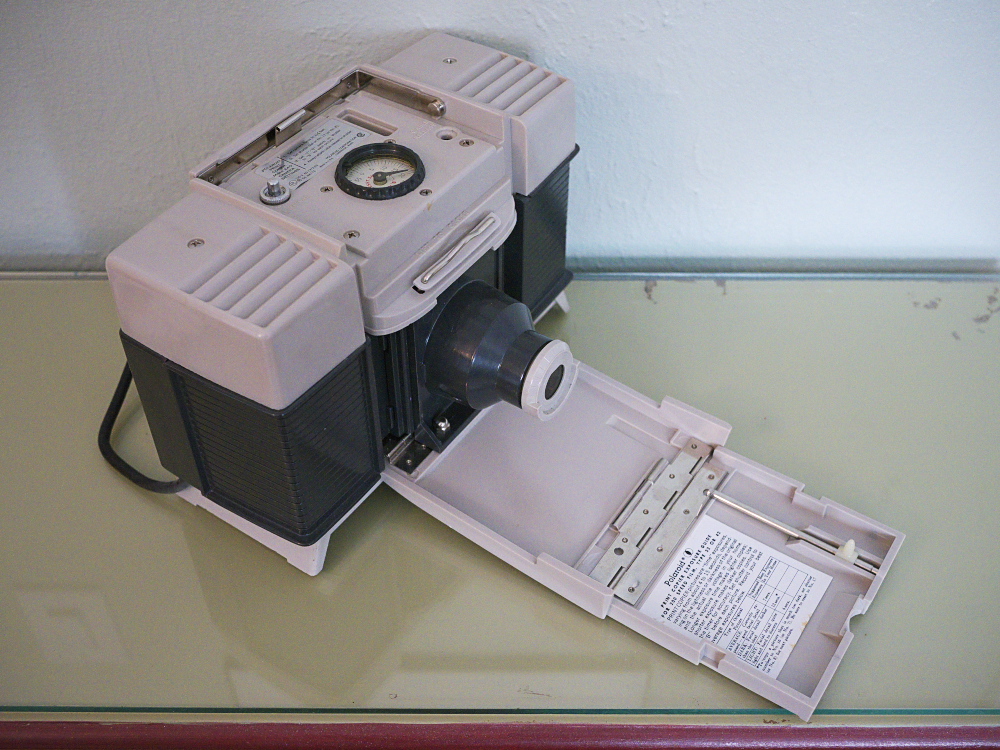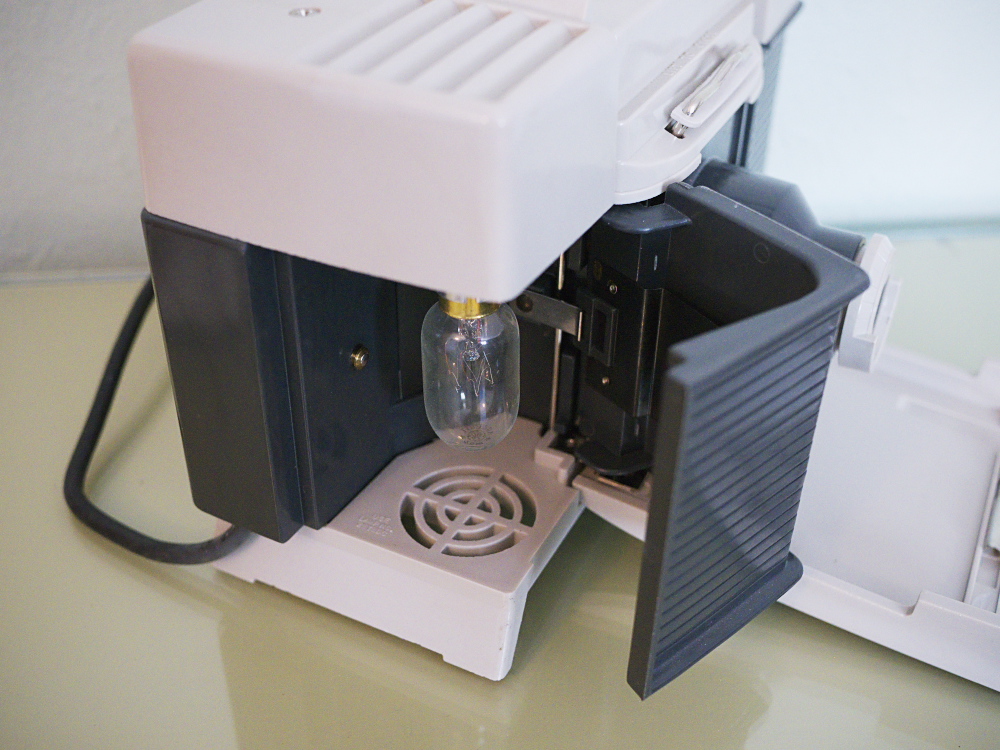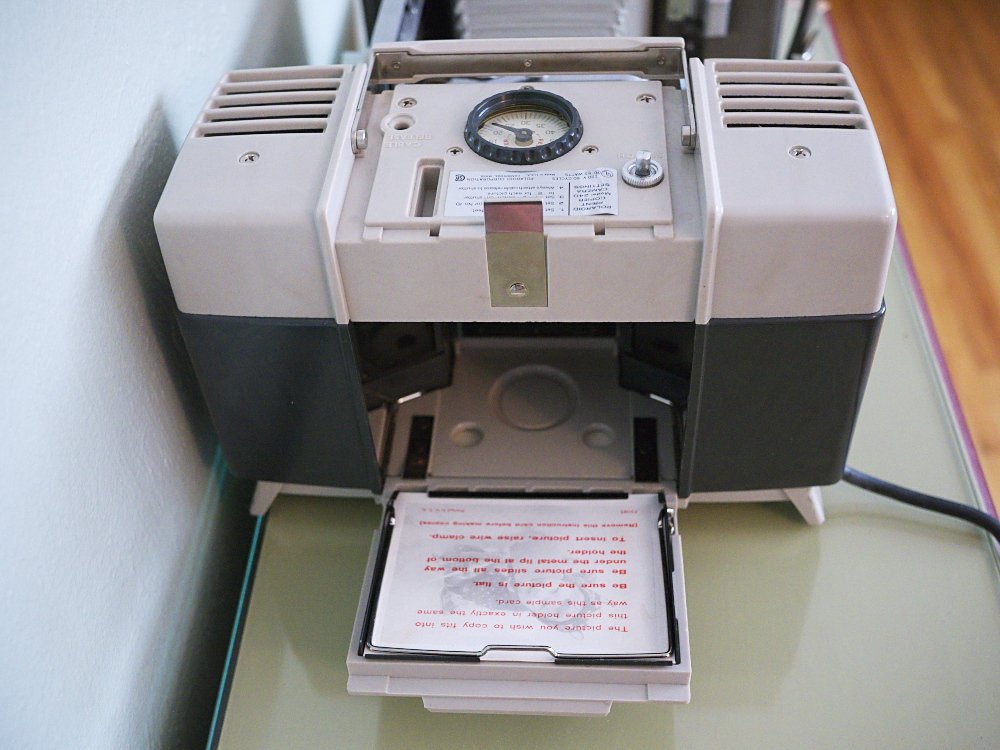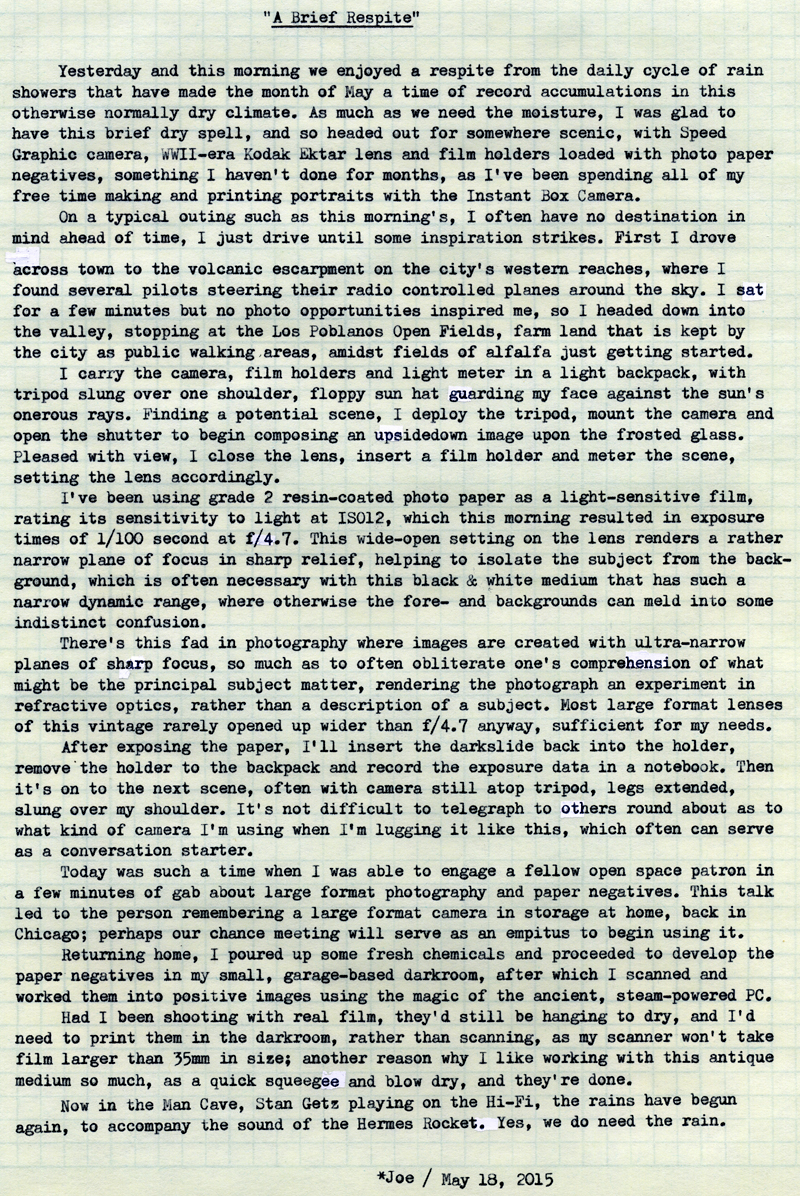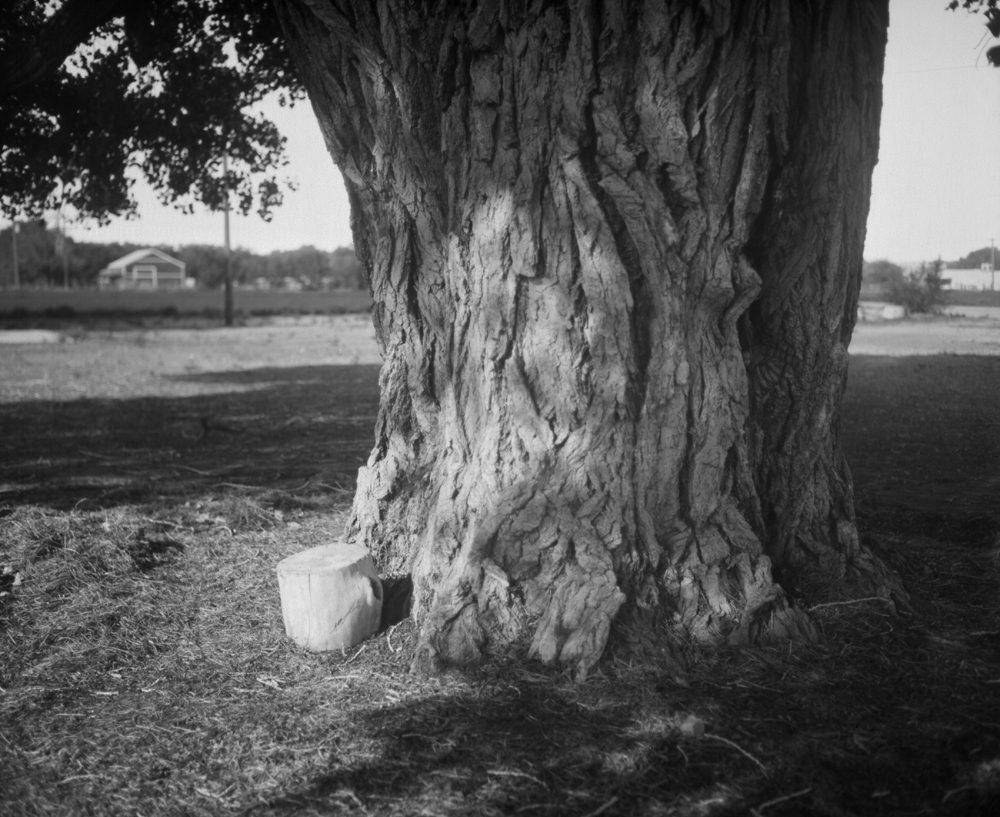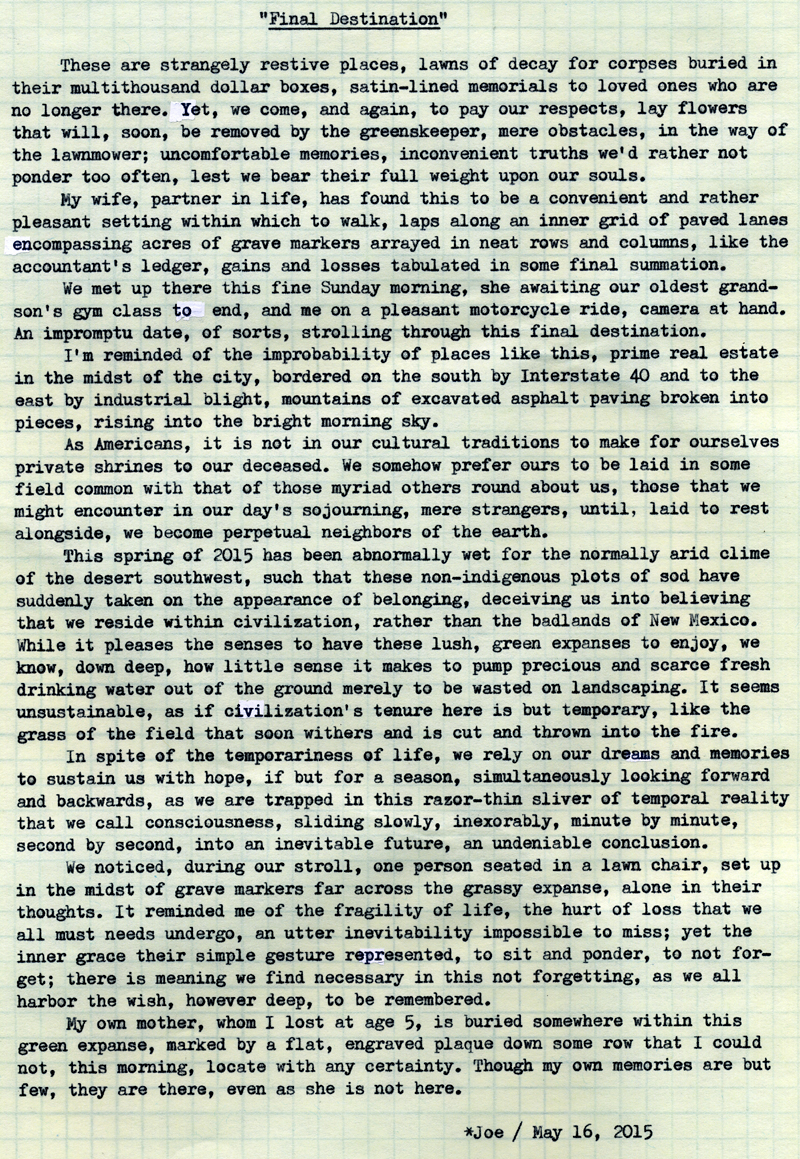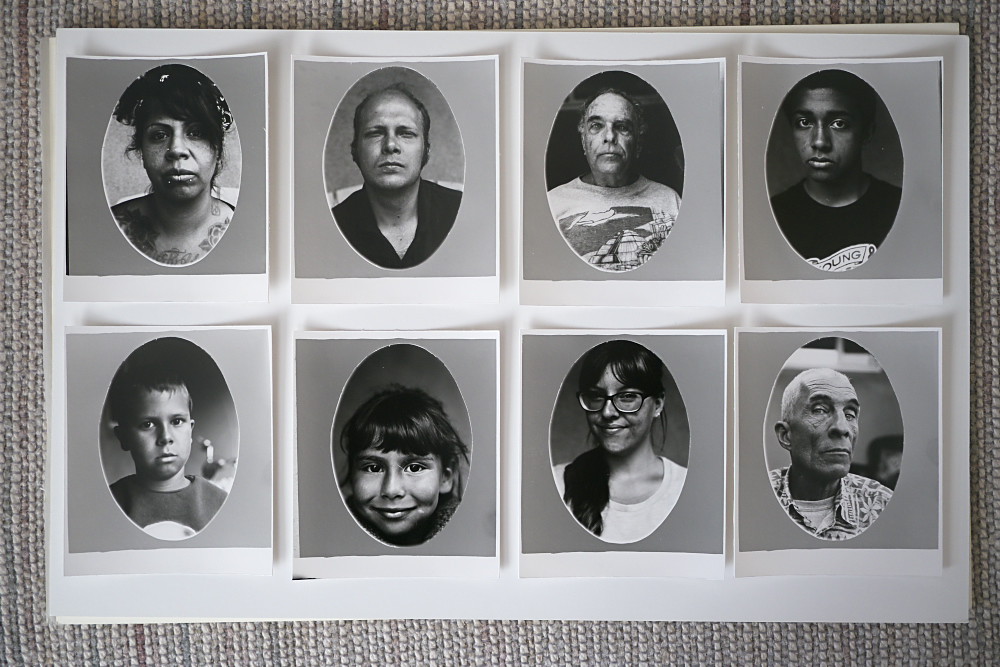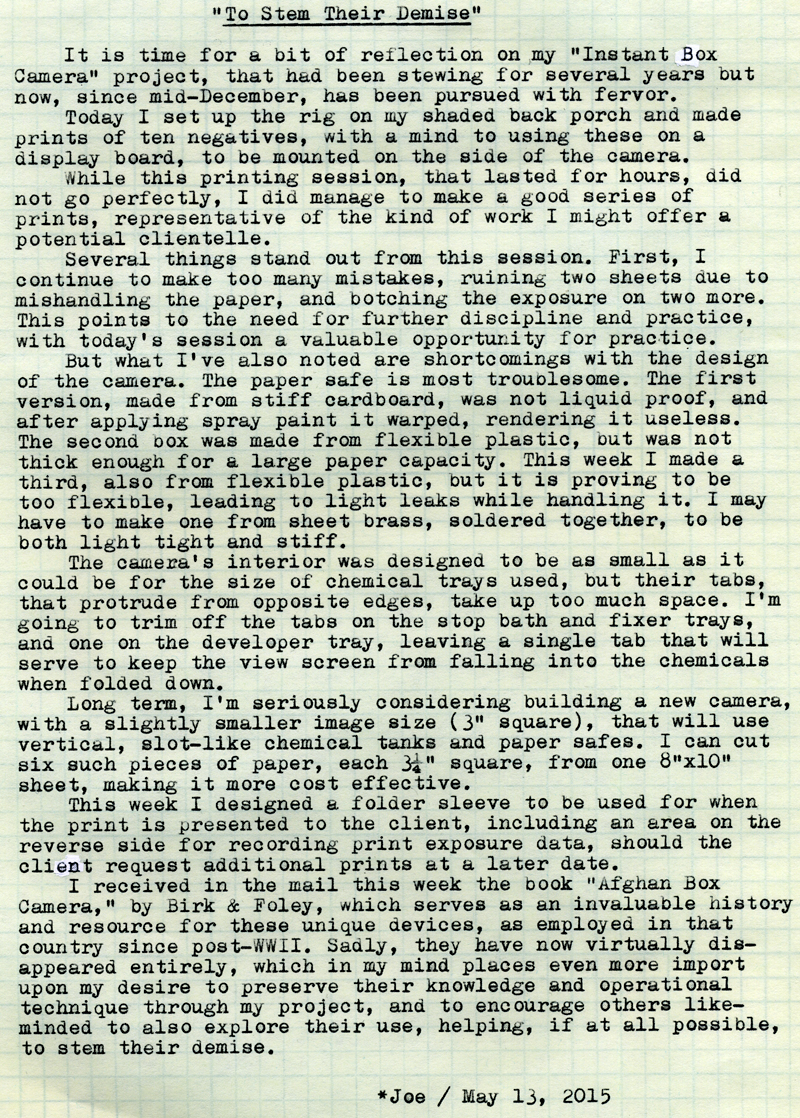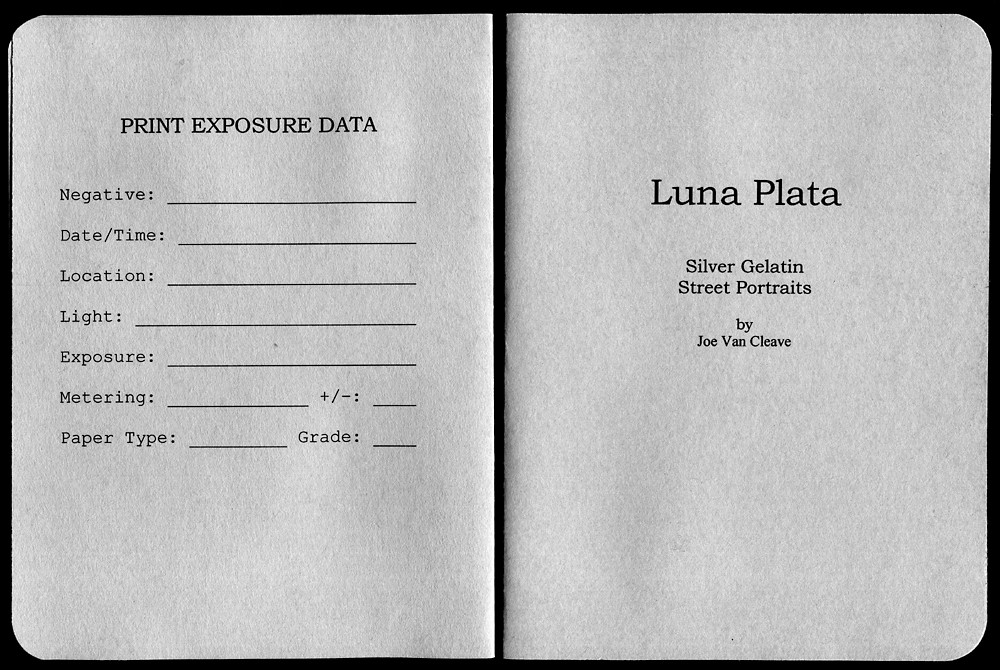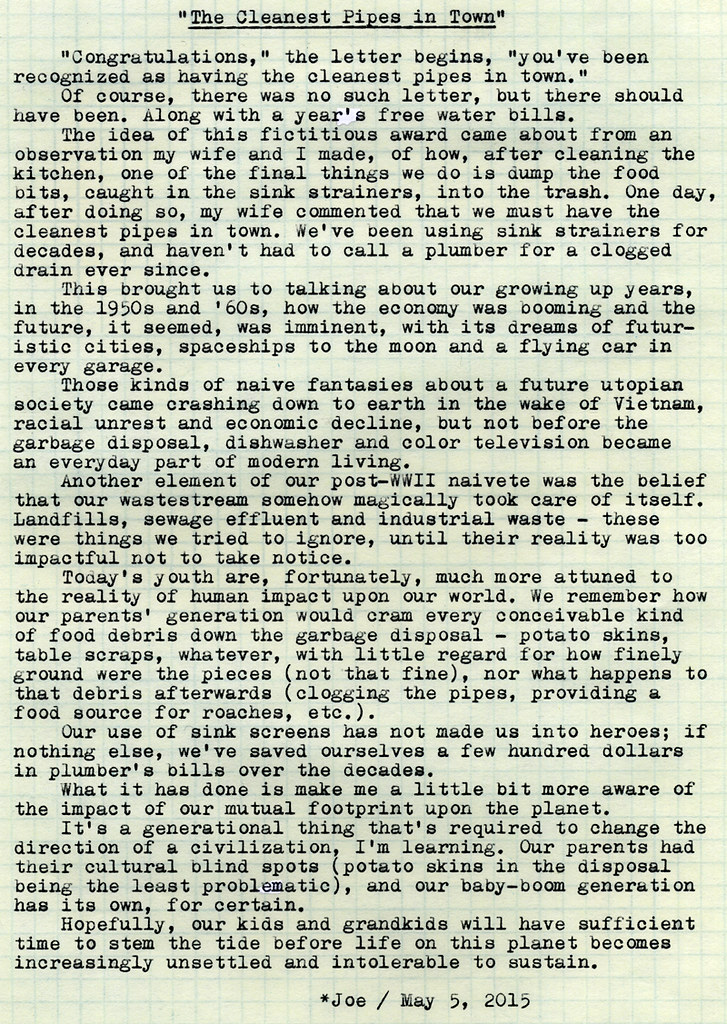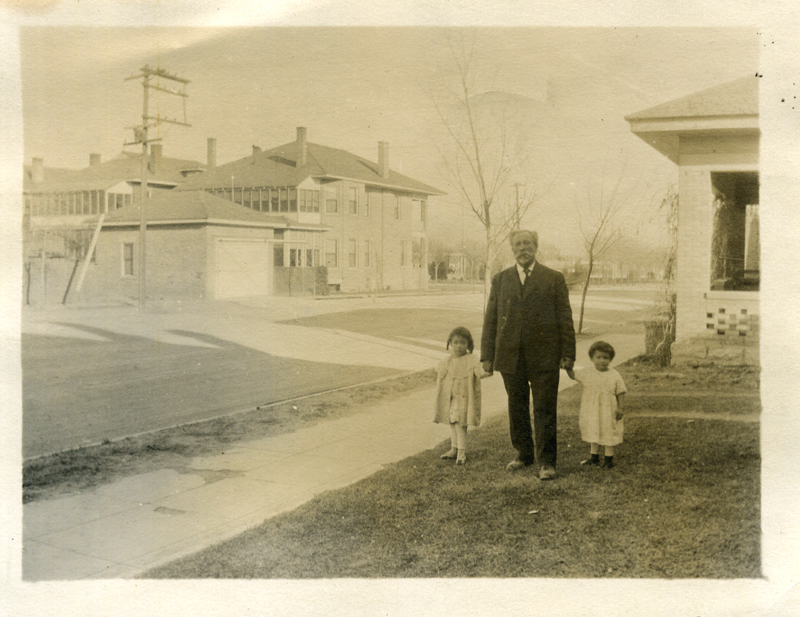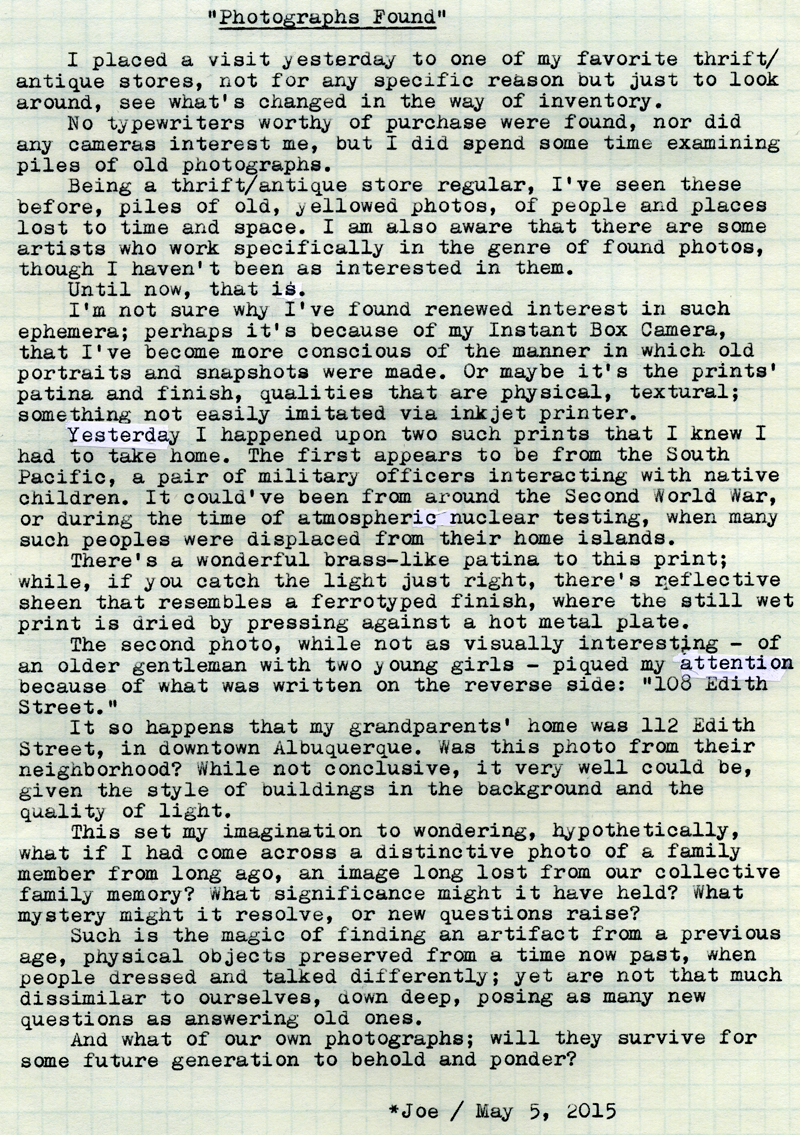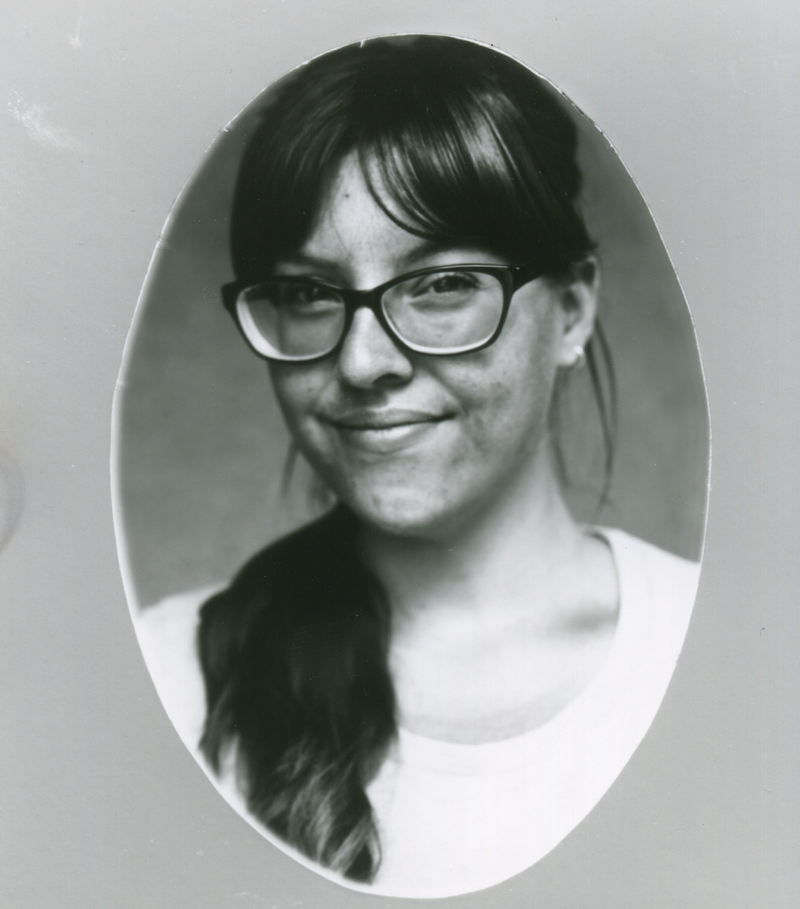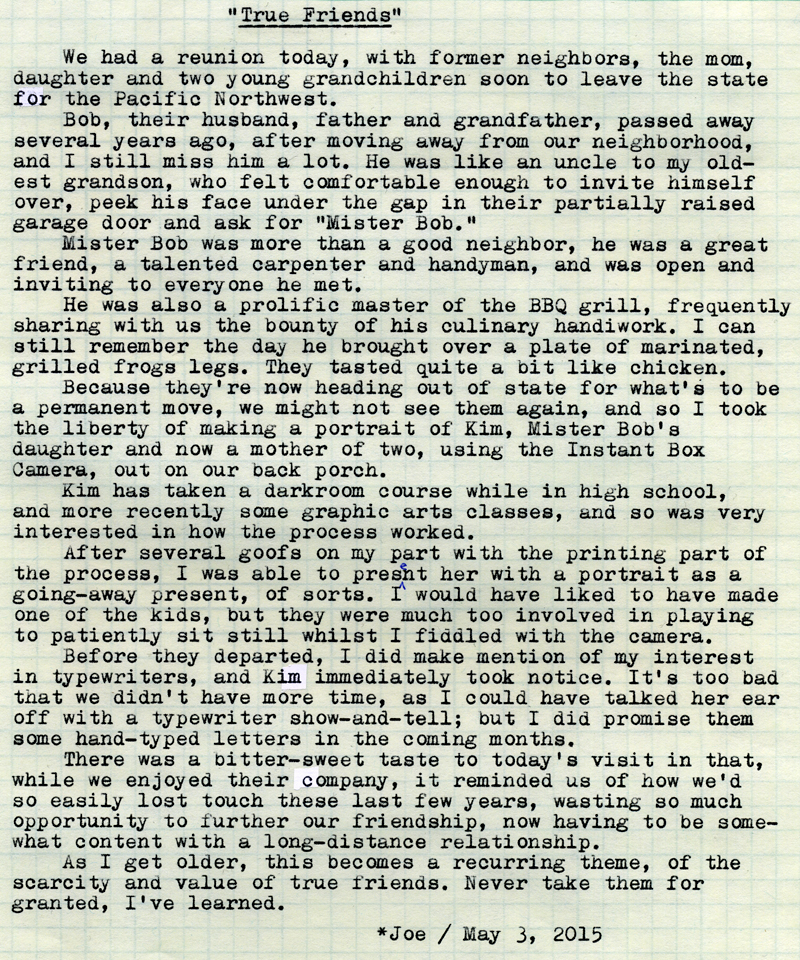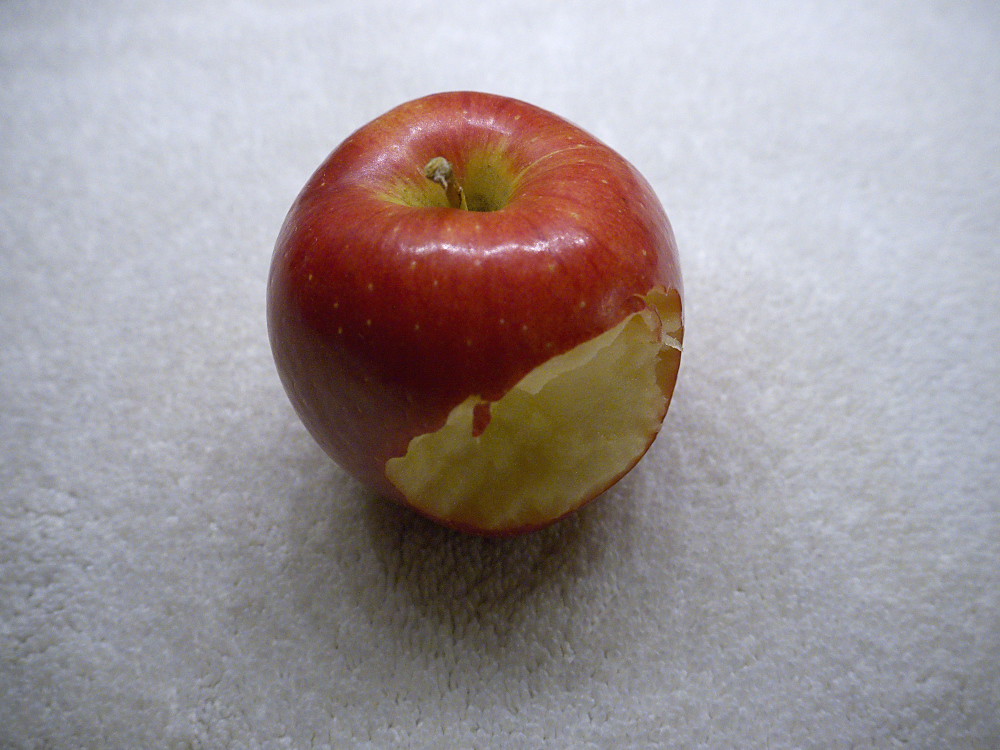
 Post-Script:
Post-Script: In case you're curious, the specific details of these two problems has to do with how the iPad touchscreen interface functions as a substitute for a conventional mouse device.
With the first problem, solved now only by the intervention of a flash-capable iOS browser (and at my own expense), touching the field containing the line of HTML code would not permit it to be highlighted or copied. Think about this: copying text, from one browser window to another, is an elemental part of doing anything more creative than mere passive browsing. Perhaps that's the vision our Corporate Masters hold for us: as passive drones, with credit cards firmly in hand.
The second problem also showed up with the iOS 6.0 upgrade, several years ago (
YEARS AGO!): You can touch an embedded text entry field in a browser window and type forward (and for only so many characters), but you can't move the cursor backwards and make any revisions to your typing.
This second problem is not universal with all websites; most discussion forum software I've encountered seems to work fine - it's principally an issue with software like Google's Blogger. I've on occasion had it momentarily function properly by pinch-zooming the browser window, and/or reorienting the tablet from landscape to portrait mode.
Unfortunately, I can't revert my tablet back to iOS version 5.0, or I would have done so long ago.
These issues don't, in theory, prevent me from blogging, since I have access to my (steam powered) desktop machine, that has none of these issues. But blogging while out on the road will remain a challenge.
Perhaps Apple's strategy was to dumb-down the iPad so that it wouldn't impact Mac Book sales. For me - right now - their strategy has backfired, because I'll be hard-pressed to spend any more money on their products.
I think what pisses me off the most is how they effectively sabotaged a product, after the sale, after it was already out in the field.
Imagine an automobile manufacturer doing that: like, one day, unannounced, disabling your vehicle's antilock brakes and sound system, all in the pretext of a system "upgrade," with no recourse for the consumer except to buy a newer car, a higher-end model. Do you think they'd get by with doing that? I don't.
But Apple did. Has. So far.
And thus ends my grouchy-old-man's rant.
Typecast via
Olivetti Underwood 21. That continues to function just as it has from the day it was built, half a century ago.
